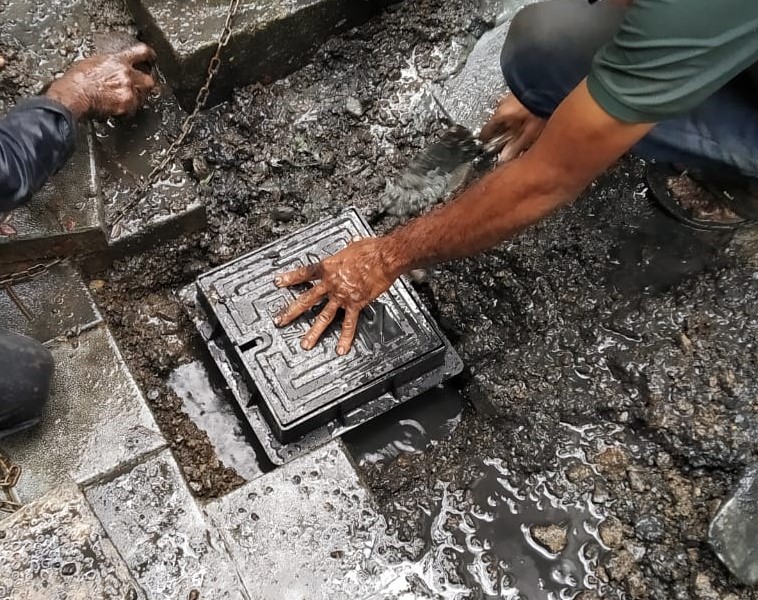Classification of Axis Earth Pits
Light Weight Plastic Earth Pit:
Earth Housing Pit is made of high-grade polypropylene for high strength and stress levels, allowing it to withstand a maximum load of 2000 kg.


The lightweight design makes it simple to handle, store, and move, which improves installation efficiency. Due to the simple locking of two units, the termination area is expanded by 100%, allowing deeper earth electrode connections and lessening the impact of dangerous voltage gradients.
Concrete Earth Pit:
Concrete Earth Pits are heavy duty and with a load rating of up to 4000 kg. The connection of the rod is protected by the Concrete Pit, making it accessible for inspection. Installation of the earth bar can be done diagonally in slots provided for numerous conductor connections in the Concrete Inspection Pit.




Interconnection of Different Earth Pits:
A) With Transformer Neutral
Section 5 Page 53 & 54 Clause No. 22.1.3 and 22.3.1 of IS3043 state that the transformer neutral should connect to the ground grid.
The interlinking of the neutral earth pit with the general body earth has been permitted and supported by the previous norm.
According to the standard, an interconnected system should replace the prior practice of separate/isolated earth, for avoiding unnecessary redundancy and expenditure.
The design methodology, resistance measurement, and acceptance criteria of the earth grid when using such an interconnected earth system is specified in the Clauses of IS3043. An appropriate IS3043 excerpt is enclosed.
B) With Lightning Arrester:


The lightning protection system earth should be solidly bonded to the general earth grid, according to the standards IEC62305-3 and BS7430.
In case the hazardous potential is developed due to lightning strike, such interconnection provided due to lightning arrester with earth pit can withstand that heavy potential and provide a safe path with earthing connection.
C) With Electronic Equipment:
IEEE142-2007: In Clause No. 5.5.3 of the Section of Electronic Equipment Grounding, this standard discusses separate/isolated grounds.
As per the guideline for electronic equipment manufacturers for earthing, it is very complex to understand the functions and operations of neutral conductors.
IEC-61000-5-2 does not recommend isolated “ISOLATED” earth electrodes for computer and electronic systems. The electronic earth pit/system must connect to the earth grid beneath the soil.
IEEE-1100-2003 This standard discusses isolated grounding and single point grounding systems. It states that two different earthing systems are advised for electronics apparatus for safety and reliability of the connected system. It is beneficial to use a separate earth pit for the electronic system and connect it with the general earth grid.
Safety Steps for Earth Pits
1) Regular inspections of Earth-pit.
2) Take the essential precautions to ensure a high level of resistance.
3) Separate the electrical and instrumentation trenches.
4) Separately maintain neutral earth-pits.
5) Separate earthing is required to maintain a high mast or any structure utilised for thunder protection.
6) In the case of 2 earthings, maintain the thickness of the strip-earthing.
Hence, all earthing systems should have dedicated earth pits in order to maintain safety. View our wide range of Earth Pits here.
Thank you for reading the blog, Axis is a leading manufacturer and supplier of Electrical Components to over 80+ Countries. Talk to our industry expert by visiting our contact us section. You can also watch our videos by our experts – click here.
Follow us on LinkedIn for regular updates on our Products!

